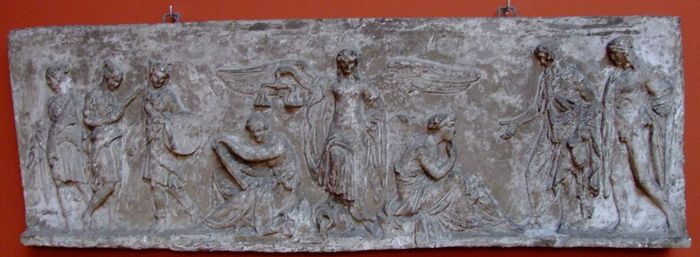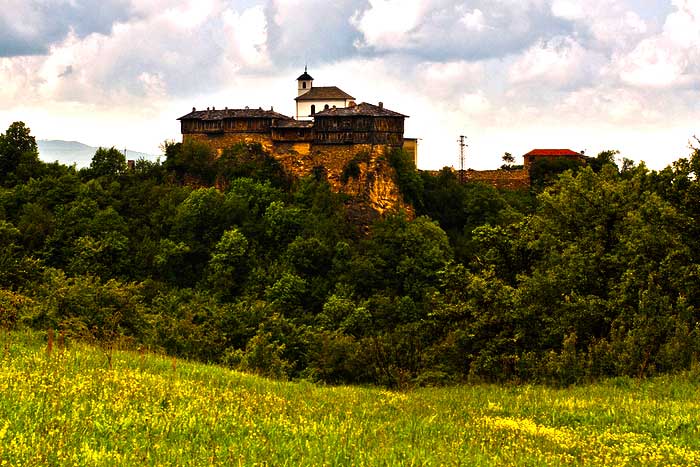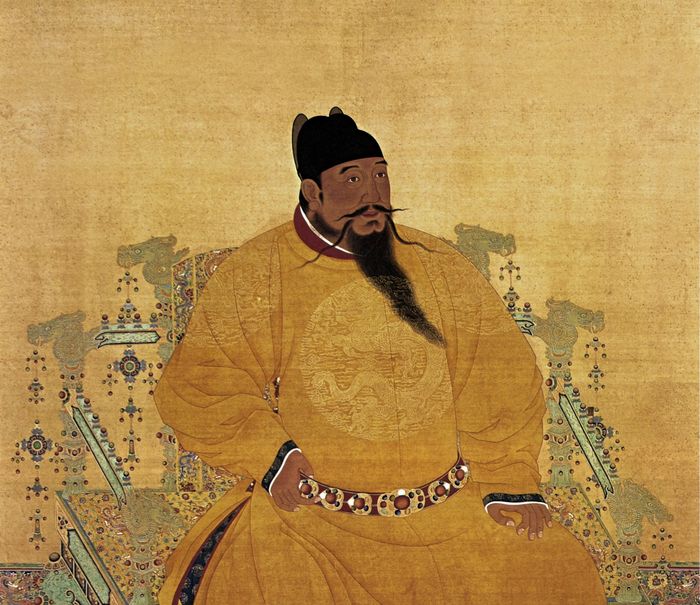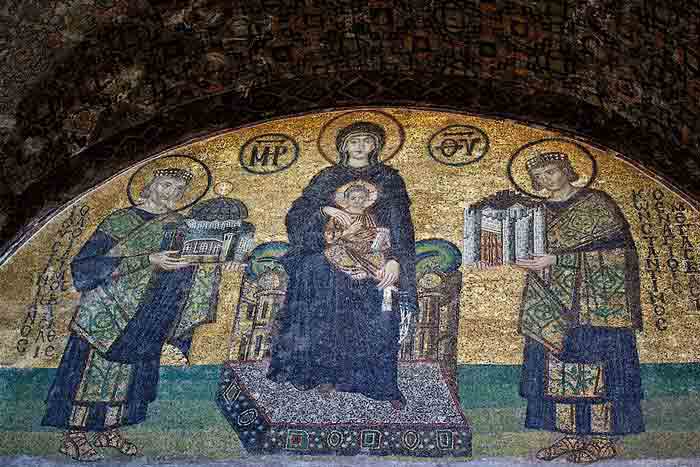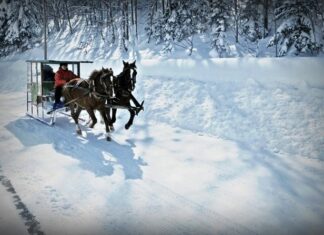The Scandinavian Countries
Iceland Denmark Norway Sweden
There are four groups included under the heading Scandinavian Countries: the Icelandic, the Danish, the Norwegian, and the Swedish. Though there is an interesting modem Icelandic literature from which short stories could be selected for inclusion in this collection, the contribution of Iceland has been chosen from the Old Norse literature, which flourished nearly a thousand years ago, and which has since that time affected all the Scandinavian countries, England, France, and Germany.
On the other hand, the early beginnings of Danish, Swedish, and Norwegian literature are either too closely imitative of the Icelandic, or are not of themselves sufficiently interesting, and the most significant stories of those countries were written in the Nineteenth and Twentieth Centuries.
The Icelandic story is found Imbedded in the Eddas and sagas, the great collections of mythology, religion, and history that were brought together between the Ninth and the Fourteenth Centuries. The first is the Elder Edda, written in verse, and collected by Samund the Wise before or about the year 1300. The Prose, or Younger, Edda, based largely upon the Elder Edda, was the work of Snorri Sturluson, who lived in the Thirteenth Century. The same writer composed the famous collection known as the Heimskringla.
The saga literature of Iceland is very extensive. Over two hundred volumes of these narratives are still in existence. Sagas were written and rewritten until the most finished products, like the Volsunga Saga, stand revealed as the work of genuine artists.
Iceland and Denmark have been in close relationship since the earliest days. The literature of Denmark dates back nearly a thousand years, but that country, like many others, does not emerge as a distinct entity of interest to the world at large until the Nineteenth Century, although occasional figures like those of Ludwig Holberg and Oehlenschlager stand out as exceptions.
The first of the modern writers is Hans Christian Andersen, a writer of genius whose fairy tales are the delight of the entire world. Meyer Goldschmidt, though he was of a more realistic turn of mind, developed a certain type of short story with rare skill and Drachmann, too, has done some excellent work in this form, though he was also a painter, poet, novelist, politician, and man of affairs.
With Jacobsen we come to the first outstanding Danish novelist. He is said to have initiated realistic and psychological fiction in Denmark, though his debt to Andersen is freely acknowledged.
Norway was separated in 1814 from Denmark, and not long after it set about forming a literature of its own. To Wergeland and Welhaven is due the credit of having initiated the movement that produced Ibsen and Bjomson. But before these two came Asbjomson and Moe, whose collections of stories served to show later writers the wealth of material that was ready to hand. It is well known that Ibsen made use of the Asbjornson collections in writing his Peer Gynt.
Read More about The Robbers of Egypt
